A feast for the senses — from sunlit adobe walls to the scent of dried chile garlands, from bold murals to melt-in-your-mouth sopapillas — Santa Fe is a city that invites you to pause and soak it all in. If you’re craving a unique adventure that mixes history, art, architecture, and mouthwatering food, this self-guided walking tour of Santa Fe is the ultimate slow-travel indulgence.
Whether you stroll the full 5-6 miles (8-9 km) or mix and match stops, this route offers a front-row seat to the culture and stories that shaped the “City Different” — Santa Fe, New Mexico.
Disclosure: This post contains affiliate links. If you make a purchase through these links, we earn a small commission at no extra cost to you. Thanks for supporting TimeTravelTrek.com!
Table of Contents
Let’s Begin: Santa Fe — Where Time, Art, and History Collide
Welcome to Santa Fe — the oldest (and highest elevation!) state capital in the U.S., perched at 7,199 feet above sea level. Founded in 1610 by Spanish Governor Don Pedro de Peralta, the city’s history runs even deeper. Long before Spanish settlement, Pueblo peoples called this place home, naming it O’Ga P’Ogeh — “White Shell Water Place.”
Its full Spanish name — La Villa Real de la Santa Fé de San Francisco de Asís — hints at the deep layers of culture, faith, and history you’ll uncover on this self-guided walking tour of Santa Fe.
Love RV travel, history and walking tours?
Create your own self-guided tour or check out our tours of
Florence, AZ , St. John’s NL and Nelson, BC.
Stop 1: New Mexico State Capitol — The Roundhouse
Start your walk at the New Mexico Visitor Center, tucked behind the Lamy Building across from the State Capitol. Grab a map, chat with the friendly staff, and then head to the iconic Roundhouse — the only circular state capitol building in the U.S.
Designed in the shape of the Zia sun symbol (look for it on the New Mexico flag!), the Roundhouse is more than just politics. It’s home to over 600 works of art from New Mexican artists — a free, self-guided art gallery hidden in plain sight.
Stop 2: San Miguel Mission — The Oldest Church in the U.S.
Next, follow your map to San Miguel Mission. Built before 1626, this adobe chapel is considered the oldest church in the U.S. Step inside to see its centuries-old wooden beams, a 1709 statue of St. Michael, and the famous San José bell — legend says anyone who rings it and hears the echo will return to Santa Fe.
Spoiler: we’re already planning our return.
Looking for more RV adventures in New Mexico?
Check out the rock art in Three Rivers Petroglyph Site (about 3 hours south of Santa Fe).
Stop 3: The Oldest House
Just across the street from the chapel, don’t miss the Oldest House. Built on the foundations of a Pueblo dating to around 1200 CE, this humble adobe home has sheltered Santa Fe residents for centuries. Even if you only stop for a photo, it’s a slice of living history.
Stop 4: Lunch Detour — Tomasita’s and the Railyard
When hunger strikes, wander over to the vibrant Railyard District. Even if the farmers market is closed, the area buzzes with art galleries, shops, and local color. Grab lunch at Tomasita’s, a local favorite famous for its green chile rellenos and warm, fluffy sopapillas. If you’re lucky, your taste buds will still be tingling when you hit the next stop.
Stop 5: Street Art
Before you head out away, make sure to check out the incredible art on the back wall of 418 Montezuma facing the Santa Fe depot. “Beauty in the Beast” is the work of trompe l’oiel muralist, John Pugh.
Stop 6: Burro Alley
Stroll toward Burro Alley, once the place where burros delivered firewood and traders shared stories (and a drink or two). Keep an eye out for the life-sized bronze burro statue — a modern tribute to the animals that once fueled the city.
Stop 7: Delgado House & Alfred Bergere House
Next, wander past two lesser-known gems:
- The Delgado House (1890) — an adobe mansion built by Santa Fe Trail trader Felipe Delgado.
- The Alfred Bergere House — once a summer retreat for President Ulysses S. Grant, later remodeled in Pueblo Revival style and now the Georgia O’Keefe Research Center.
Both offer glimpses of Santa Fe’s evolution from frontier town to artistic enclave.
Stop 8: New Mexico History Museum
A must-visit for history buffs! Located near the Plaza, the New Mexico History Museum covers everything from ancient Puebloan culture to Spanish colonization, the Santa Fe Trail, and even the atomic age at Los Alamos. Allow at least an hour — or two if you’re a history lover.
Stop 9: Museum of Fine Arts
Across from the history museum sits the Museum of Fine Arts. The 1917 building itself — with its Pueblo Revival curves — is a work of art. Inside, you’ll find paintings from Georgia O’Keeffe and other early 20th-century Southwestern artists.
Stop 10: Santa Fe Plaza & Palace of the Governors
At the heart of this self-guided walking tour of Santa Fe lies the Plaza — once the final stop on the Santa Fe Trail. Overlooking the square is the Palace of the Governors, built in 1610. This adobe structure is the oldest public building in continuous use in the U.S. and is now part of the New Mexico History Museum.
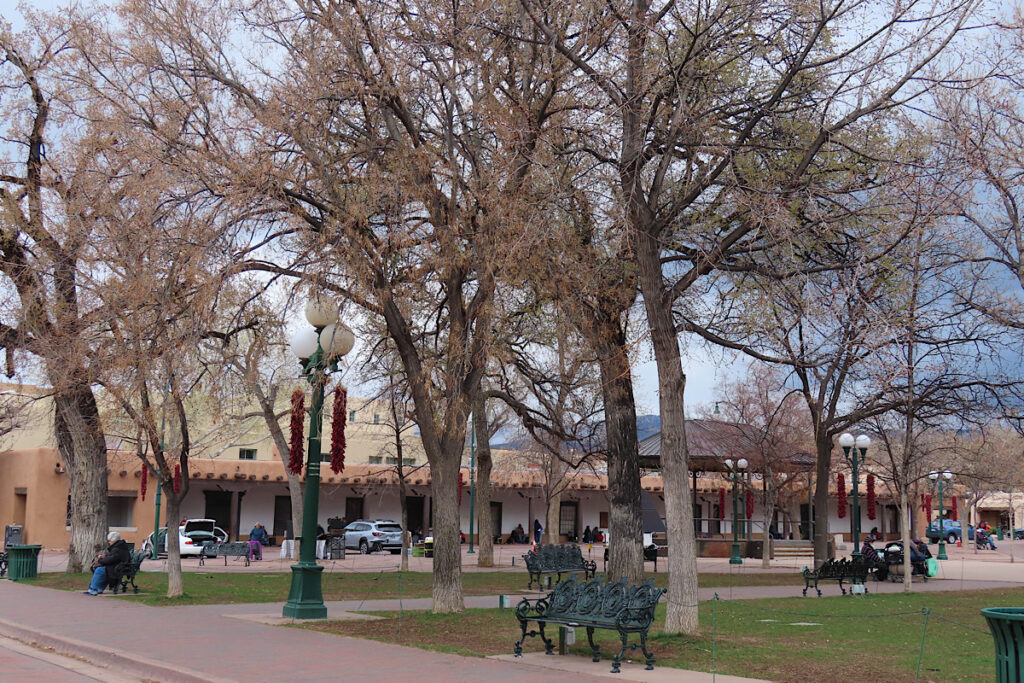
Bonus Stops: Layers of Santa Fe’s Story
If you have extra time, add these gems near the plaza to your walk:
- Ellsberg & Amberg Store Site — Once the trail’s trading epicenter, now the First National Bank.
- Catron Block — A surviving example of Santa Fe’s Italianate architectural phase.
- Arias de Quiros Complex — A sprawling block of buildings with ties to the Pueblo Revolt, the Santa Fe Trail, and Los Alamos history.
Stop 11: Cathedral Basilica of St. Francis of Assisi
This Romanesque Revival cathedral, built between 1869 and 1886, towers over downtown. While the planned steeples were never completed, its commanding stone facade, 100-year-old statue of Bishop Lamy, and statue of Kateri Tekakwitha – first Native American canonized as a saint – make it a worthy stop.
Stop 12: Take a Break at La Fonda
Rain or shine, La Fonda Hotel is an inviting place for a late afternoon break. The current structure dates to the 1920s, but inns have occupied this corner since the 1600s. Designed by John Gaw Meem with interiors styled by famed architect Mary Colter (see more of her work in Arizona’s Painted Desert Inn), it’s a visual treat whether you’re a guest or just popping in for dessert in the attached French Pastry Shop. (Pro tip: order the Opera Cake — chocolate meets mocha coffee and sponge cake bliss.)
Stop 13: Loretto Chapel — The Miraculous Staircase
End your self-guided walking tour of Santa Fe at the Loretto Chapel, home of the mysterious “miraculous staircase.” Built with no visible support, this elegant spiral staircase has baffled engineers and enchanted visitors since the 1800s.
Final Thoughts: Why Santa Fe Is Perfect for Self-Guided Adventures
Santa Fe is more than a city — it’s a sensory experience, a history lesson, and an open-air museum rolled into one. A self-guided walking tour lets you wander where your heart leads, whether it’s the scent of fresh sopapillas or the lure of centuries-old adobe walls.
So lace up your walking shoes and let the stories of Santa Fe unfold slowly, one step at a time.
For more information on historic buildings in Santa Fe, visit the Historic Santa Fe Foundation.
Looking for more do in the area? Check out Bandelier National Monument – only an hour’s drive away!

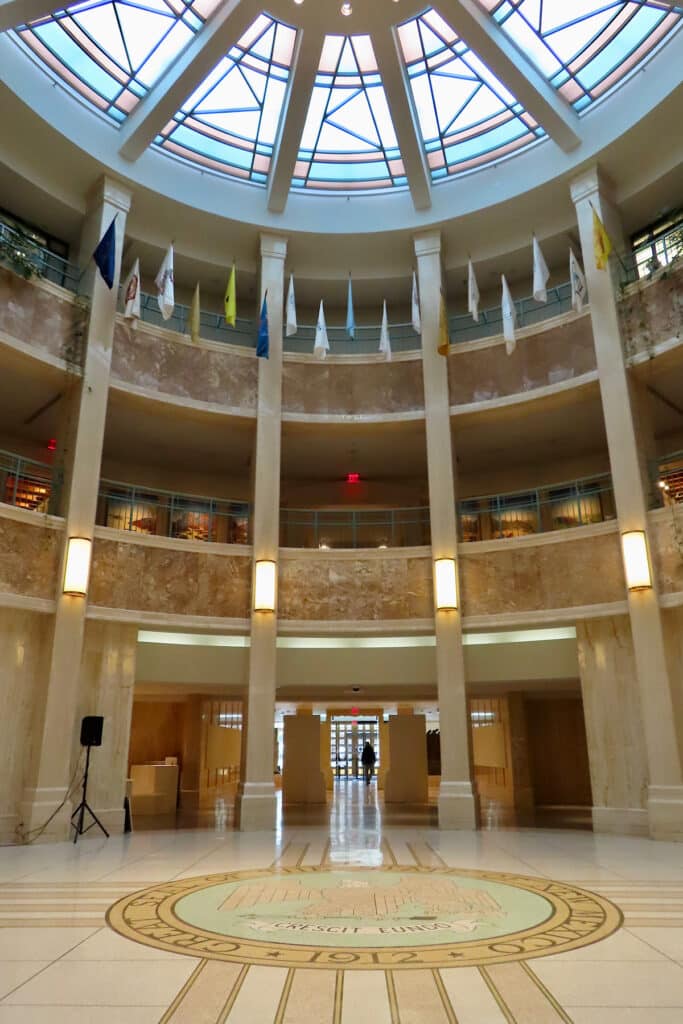
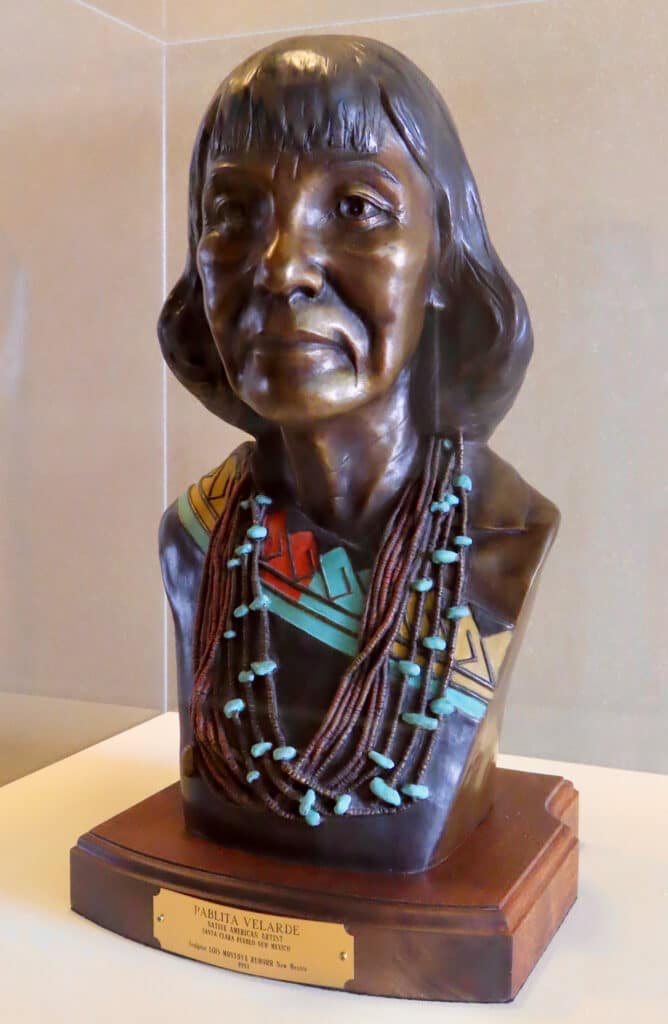
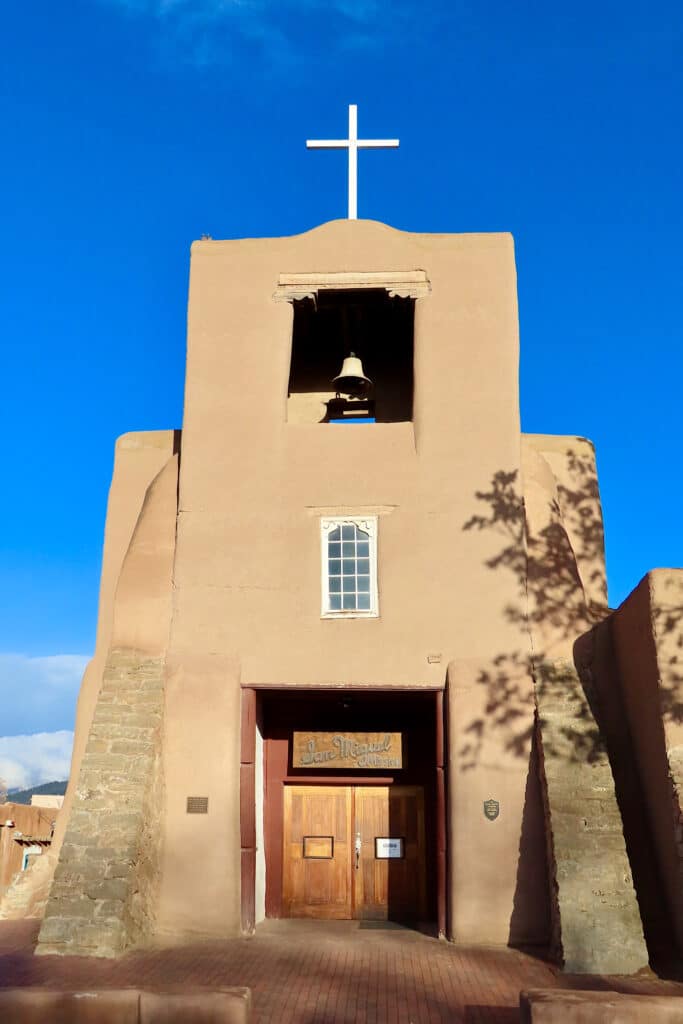

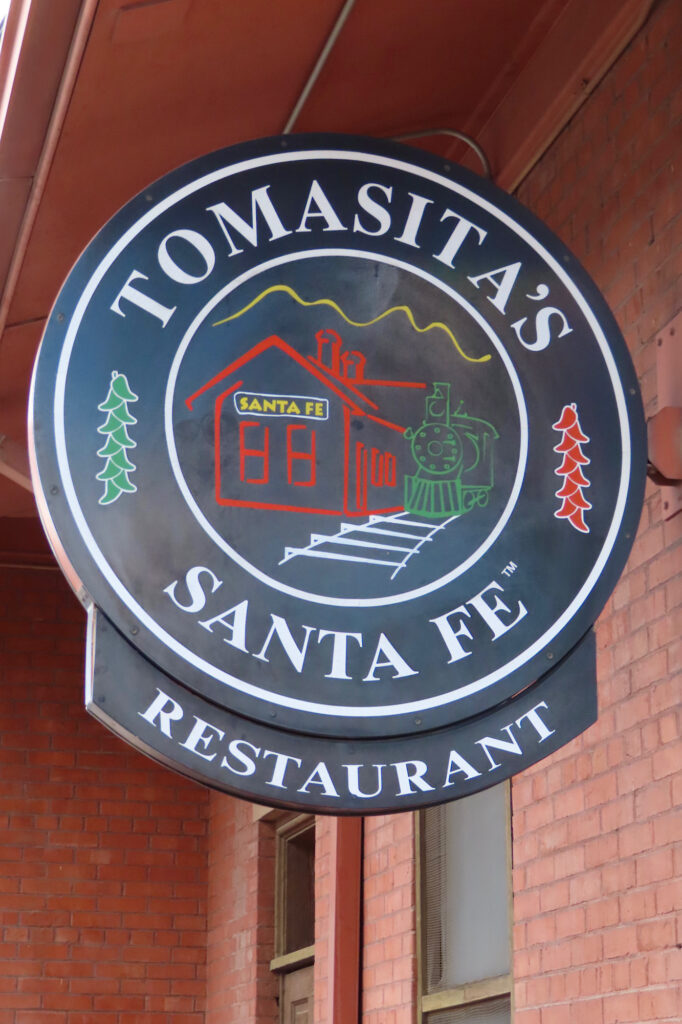
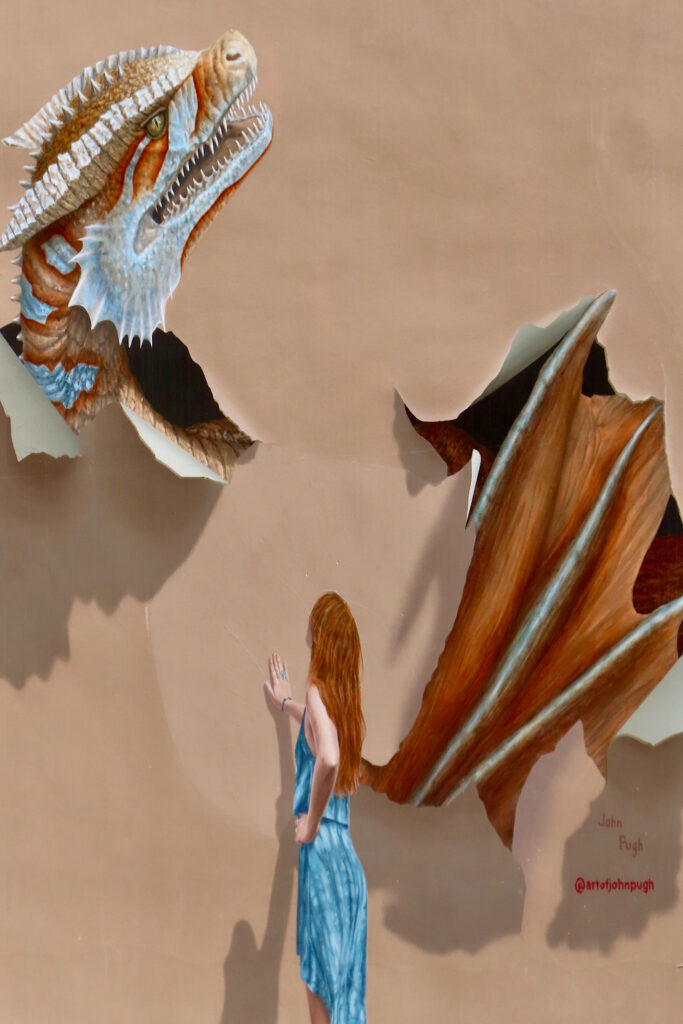
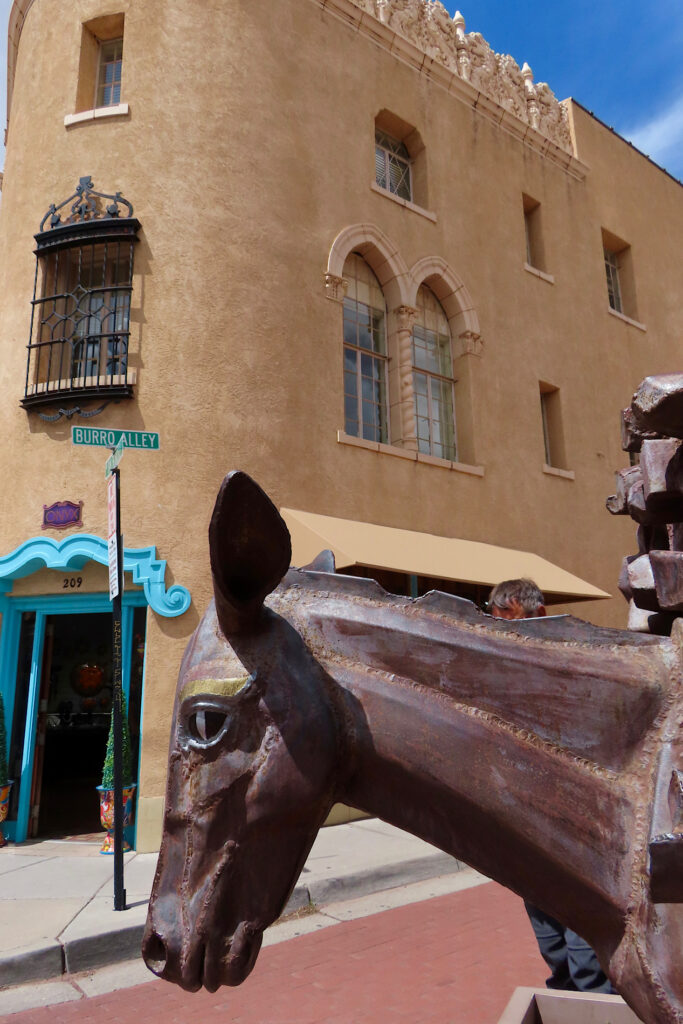

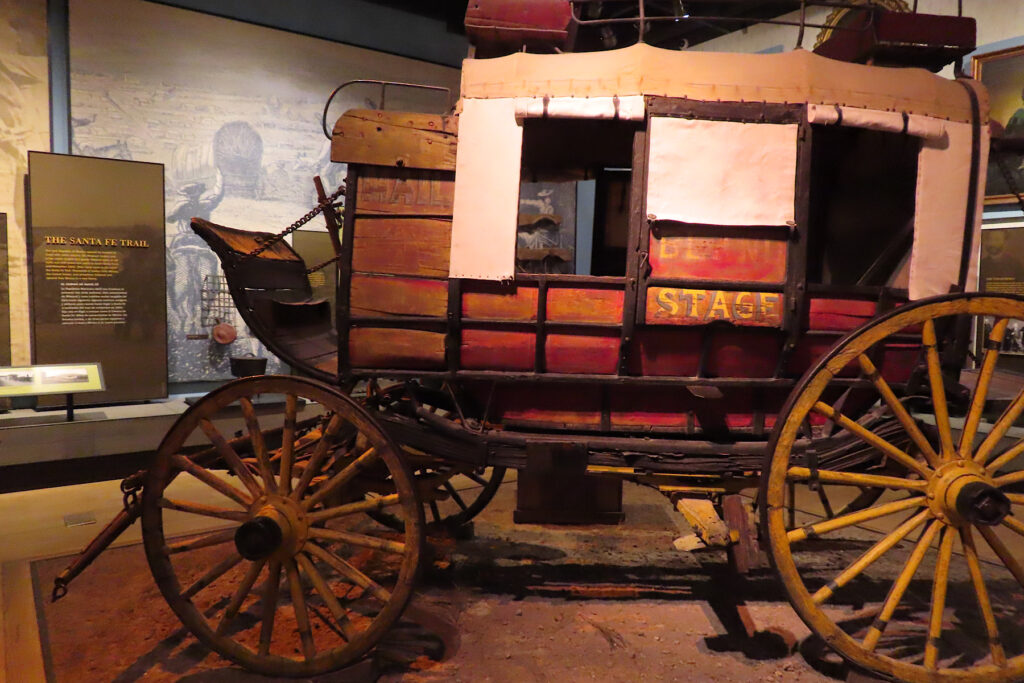
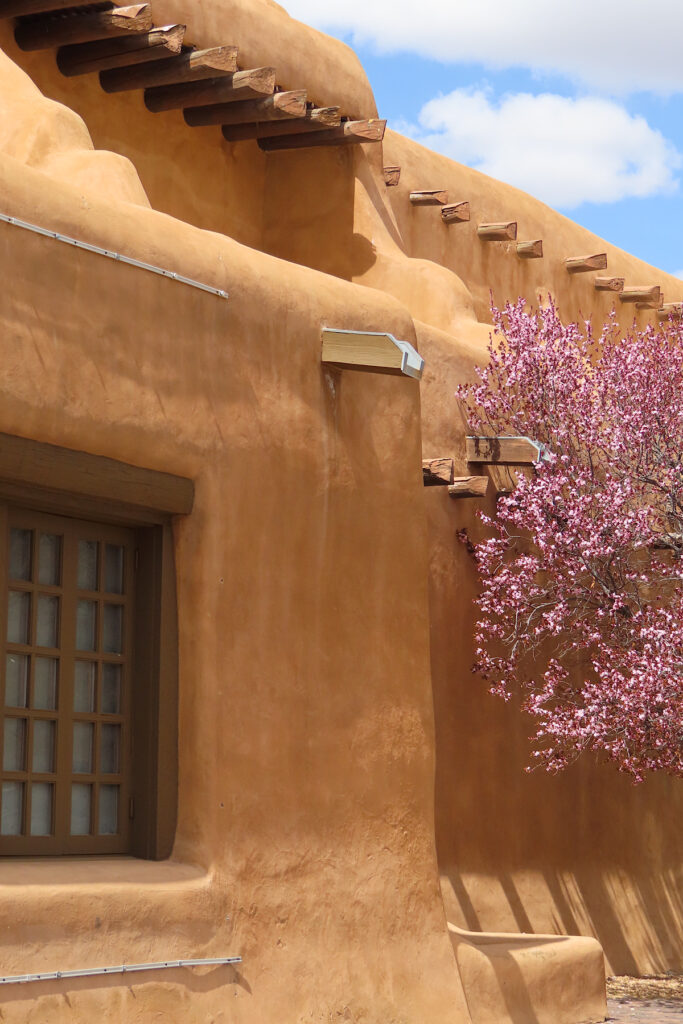
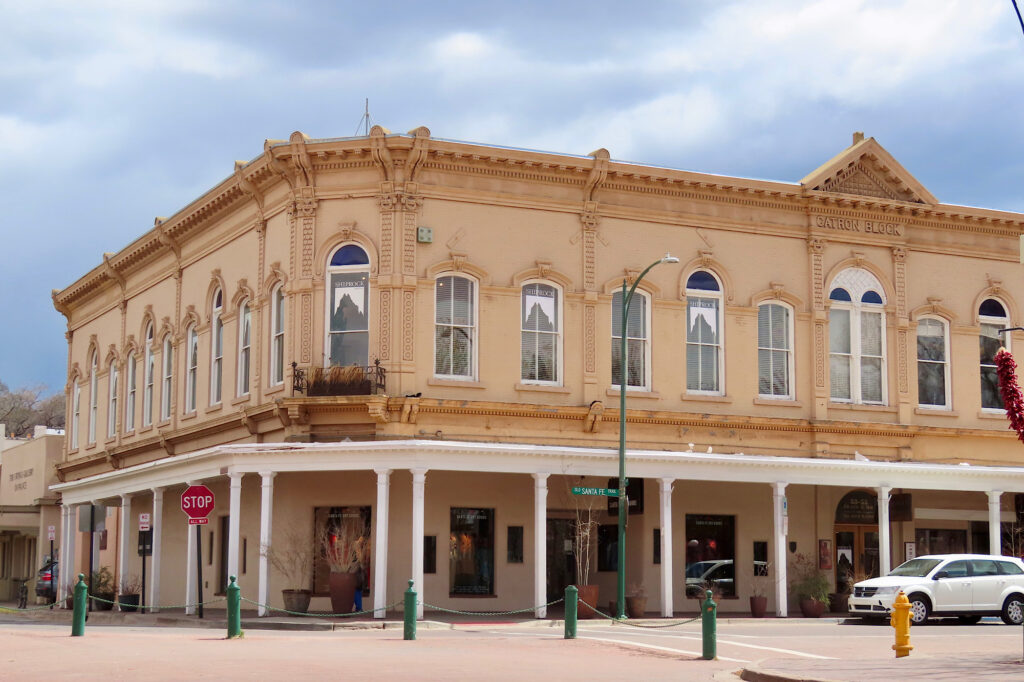
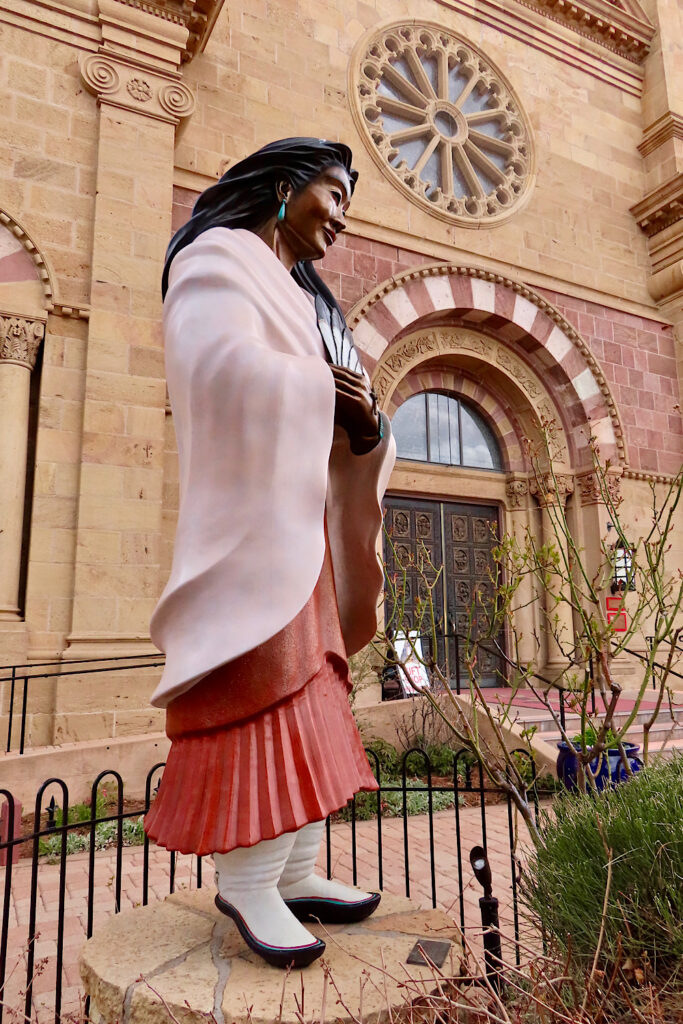
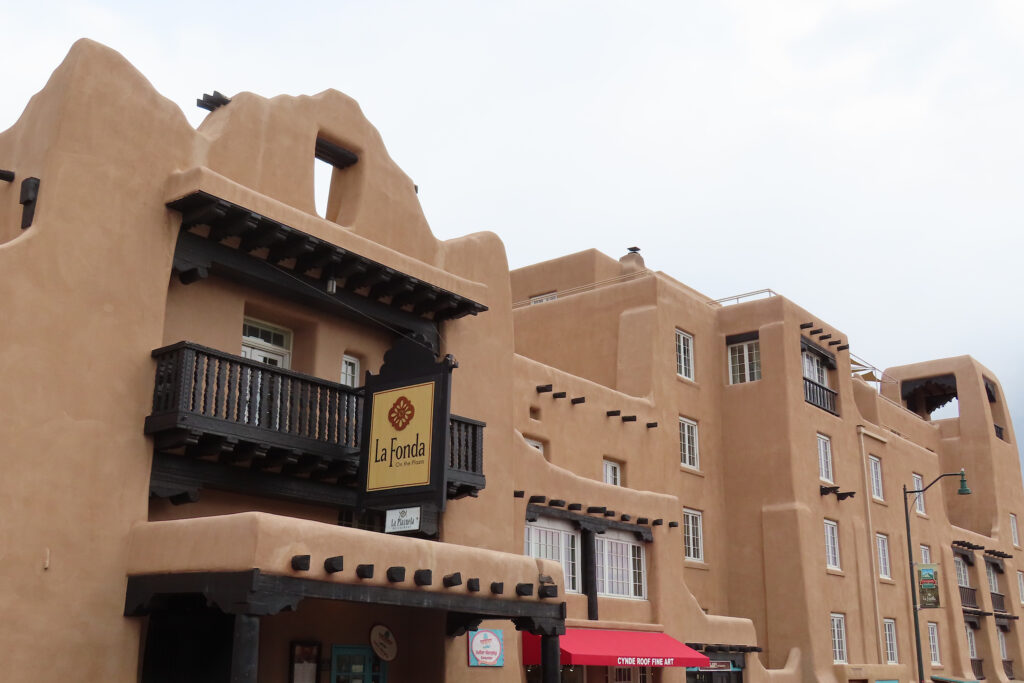
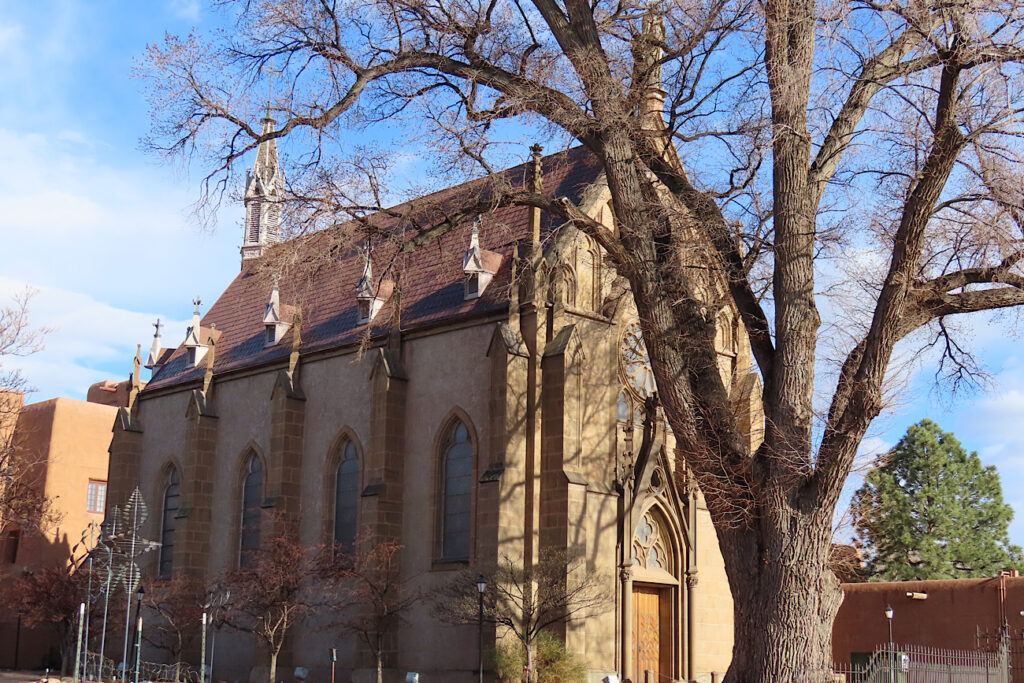
Leave a Reply